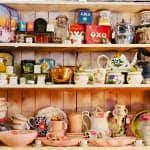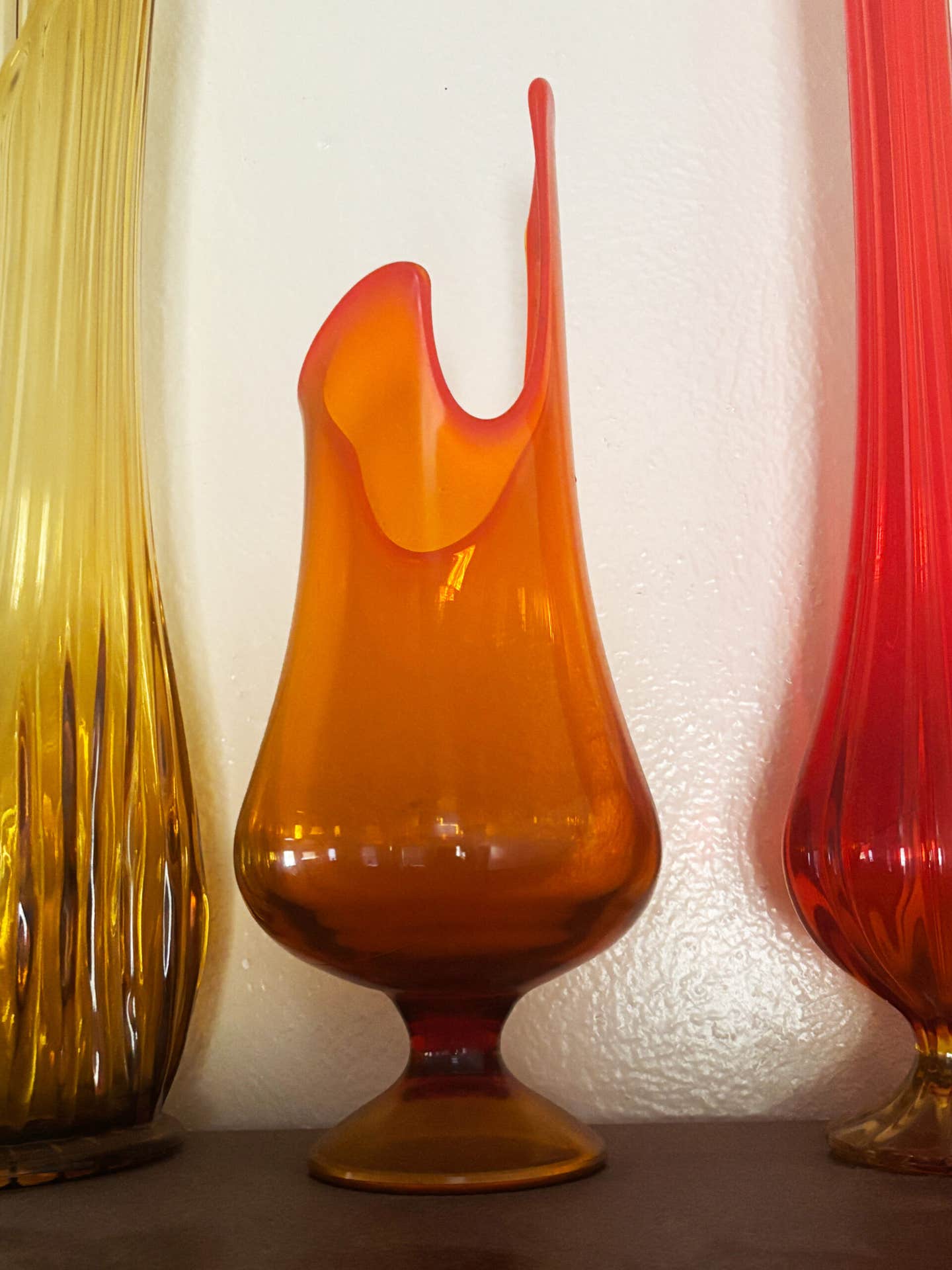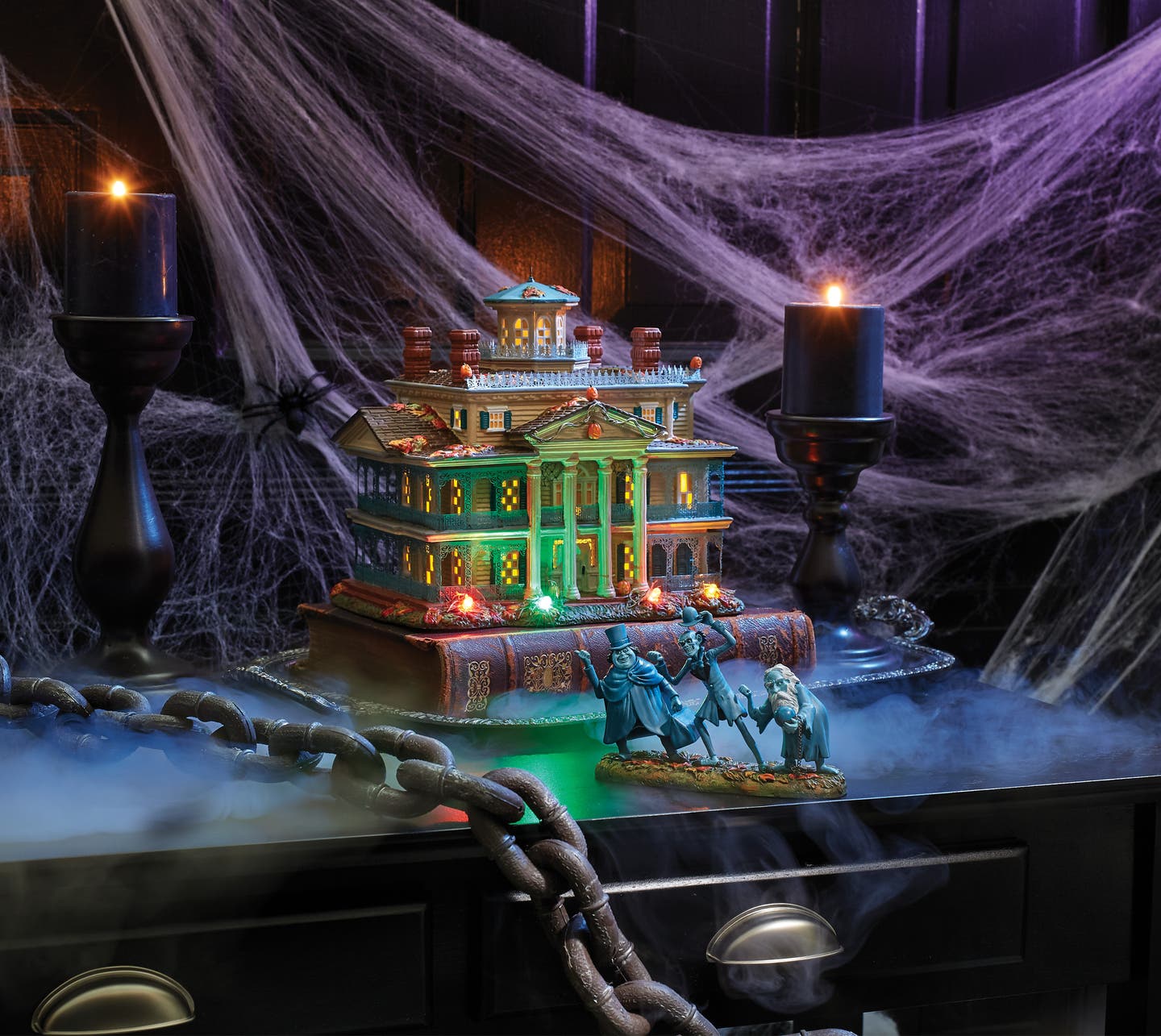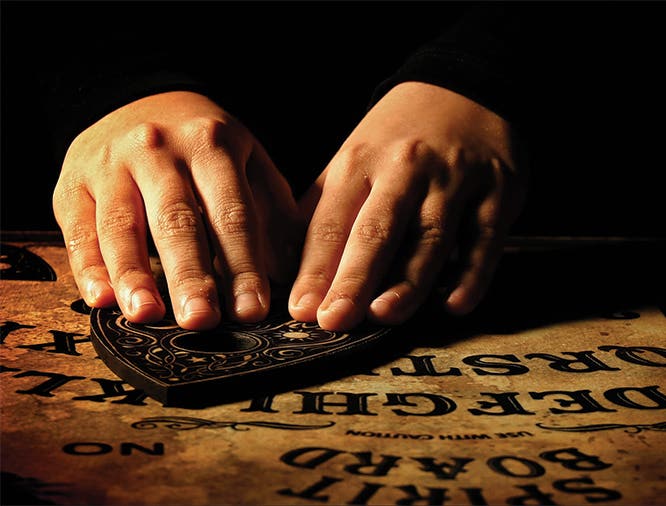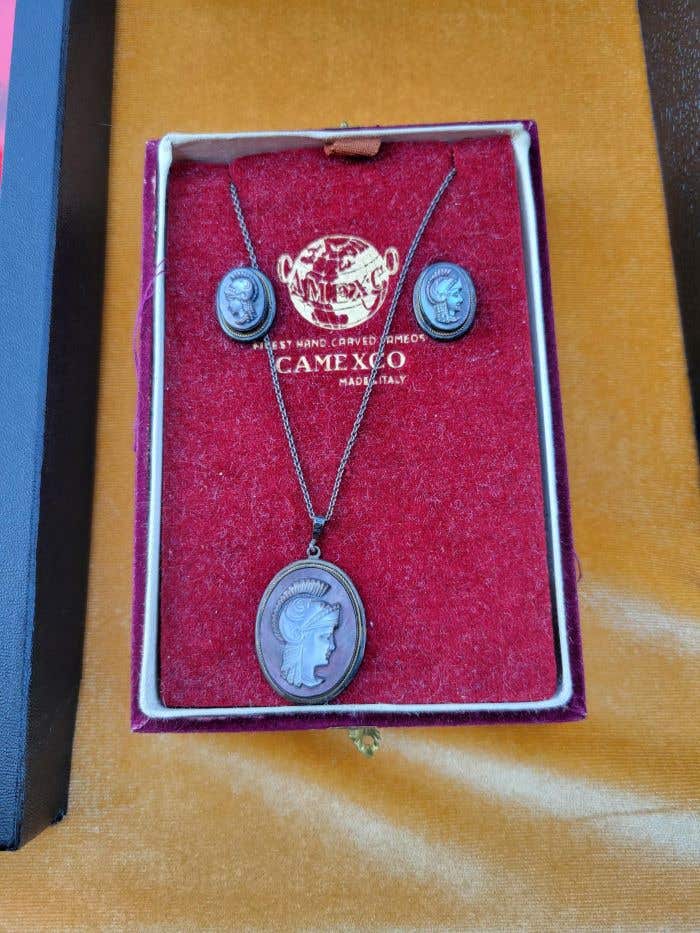Bins and boards aid in verifying and pricing baker’s table
In a recent column, Furniture Detective Fred Taylor, quickly helped steer a reader on the right path regarding the identity of a family baker’s table.
QI have an old hutch that has flour and sugar bins with two cutting boards above two drawers. It has the top hutch with two glass doors and room for plates inside. It looks like oak but darker. It has no markings that I could find on who made it. All drawers are dovetailed. It is in very good condition and has never been refinished or messed with. I don’t know what it is or what it’s worth. Could it maybe be a Hoosier cabinet? I hope you
can help.
— Name Withheld
AYour cabinet is definitely not a Hoosier cabinet. Hoosiers were made in the 1920s to the 1940s. Your cabinet is much earlier. It is a baker’s table made around the turn of the century and was the precursor of the Hoosier style cabinet. A cabinet nearly identical to yours was recently sold at Flomaton Antique Auction. The catalog description read “Late 1800s Southern baker’s cabinet. Yellow heart pine, two skirt drawers over two bin drawers, turned legs, hutch top with double doors over four drawers. 43”w 74”t 26”d.” The presale estimate was $600-$1,000 and the cabinet sold for $800, plus 10 percent buyer’s premium. The catalog and sale results may still be posted at Flomaton Antique Auction: http://bit.ly/AT_FurnDet051315.
I believe your cabinet is slightly younger than the one that recently sold because of the style of the legs, the “bin pull” hardware and the round wire nails used in the construction. It was probably made 1900-1910, but it probably would sell at auction in the same range as this one.
------------------------------------------------------------------------------
QI have an old chest of drawers that has been in the family for many, many years. For all of those years that anyone can remember, there has not been a key for the locks. The locks are funny looking. The top that you can see on the drawer fronts has angles cut in it. The back of the lock is round on the bottom and there are no nails or screws holding the lock in the drawers, so I can’t get it out to see what kind of key it needs. I asked a locksmith but he said he didn’t know anything about antique locks, only modern. Two questions: How do I get the lock out and where do I find a key? Thanks.
— W.C.
via email
A You are working too hard. Unless the lock is broken on the inside, there is no need to remove it. From the sound of the locks, the chest is early 20th century. The angle that you see on the top of the lock, which is called the selvedge, reflects the shape of the mortise that is cut into the drawer. The mortise has angled edges like dovetail joints that hold the lock securely in place. The lock is merely pressure fitted with no fasteners.
Most 20th century locks (and most 19th century locks, for that matter) work on a solid bladed key. There are surprisingly few variations in the keys and just four or five samples will open almost all furniture locks of this period. Most antique dealers collect them for use on their own stuff. You might ask a dealer to let you borrow a couple to try.
If you find one that works, then order a brass blank key from one of the supply houses
and file it down to fit. Before you try sample keys use a small amount of WD-40 or the equivalent sprayed into the keyhole of the lock. If it hasn’t worked in many years it may need some help. That’s why it’s important to try to find the right size key using a variety of old steel keys rather than soft brass ones. After you get the lock working right, that is the time to fit a new brass key.
If you can’t find anyone to lend you a set of keys, try the flea markets. You can almost always find some old guy (like me) that has a couple of hundred of them in a box.
--------------------------------------------------------------
QI was wondering what you could tell me about a china cabinet my grandmother left me. It has “bent glass” at the top. All four doors lock with a skeleton key. The middle drawer opens to make a lady’s desk with two tiny drawers and places to put mail, etc. It is labeled Saginaw Furniture Company and also has a Mahogany Association metal plate numbered 444. I would appreciate any information you can provide. Thank you.
— S.B.
Florence, Miss.
A Your piece is called a breakfront/secretary. Saginaw Furniture operated in Saginaw, Michigan, from the turn of the century to the 1960s producing mostly Colonial Revival cabinets, of which yours is one. It is patterned after a late 18th century English Georgian breakfront with the “butler” desk unit added. The Mahogany Association was formed early in the century by manufacturers to assure their customers that their furniture was made of real mahogany and not a lesser wood like birch or gum with a mahogany dye stain. The Association ceased functioning in 1969.
The “bent” or “bubble” glass was a very expensive option and was found mostly in later pieces from the late 1940s, 1950s and 1960s. Pieces like that in good condition sell in the $500-$1,000 range at auction.
With more than 30 in the antique furniture business, Fred Taylor is a household name when it comes to the practical methods of identifying older and antique furniture: construction techniques; construction materials; and style.


